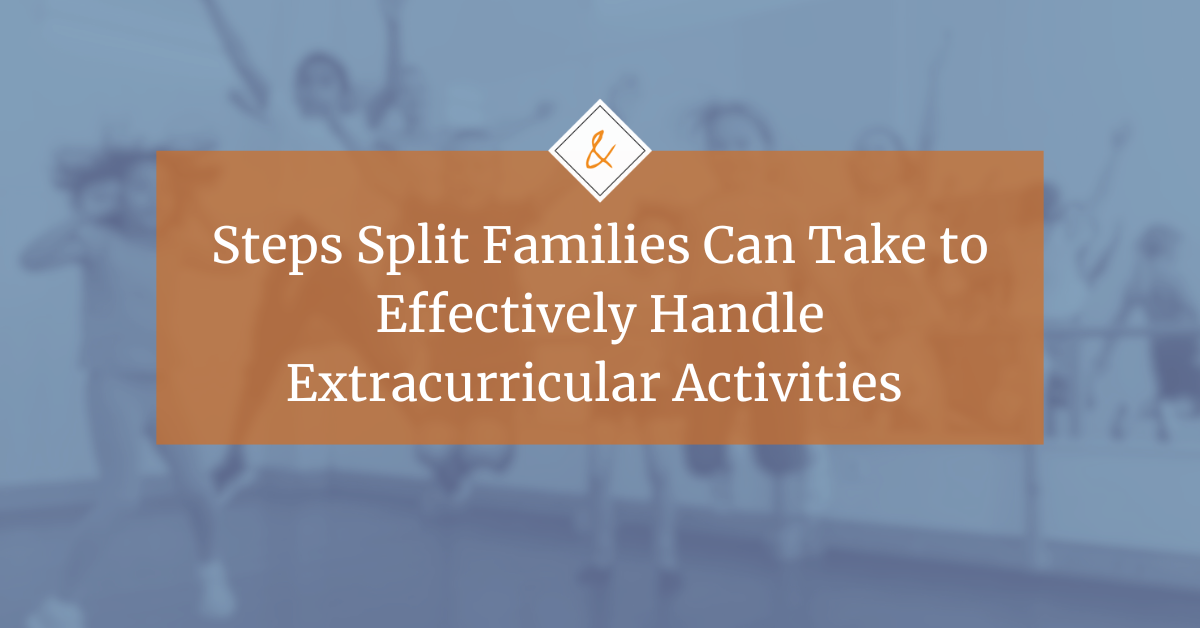The Hague Convention on the Civil Aspects of Child Abduction is an international treaty which establishes a legal framework that is an avenue of recourse when a child has been wrongfully retained in another country, provided that the foreign country is a signatory to the treaty. The purposes of the Convention are to protect children from the harmful effects of international abduction by a parent by encouraging the prompt return of abducted children to their country of habitual residence, and to organize or secure the effective rights of access to a child. The idea is that custody and visitation matters should generally be decided by the proper court in the country of the children’s habitual residence. Essentially the Convention is a jurisdictional tool to decide which court will make the substantive decision on custody.
If your child has been taken by the other parent, you should contact the United States State Department (which acts as the US Central Authority under the Convention) and they can provide you with the forms and documents you need to prepare and submit so that they can then submit your Application under the Hague Convention to the Central Authority in the country where the child was taken. The Central Authority in each country helps locate abducted children and helps process requests for return of children. With the Hague Application, you must provide: (1) English Application form as well as the form completed in the language of the foreign country; (2) Original or certified copies of the child’s birth certificates with a translation; (3) Original or certified copies of any marriage certificate with a translation; (4) Divorce Decree if applicable (5) Evidence of Custodial Rights at the time of the wrongful removal which would be an original or certified copy of the existing custody order and a translation or case law/statute which shows your rights to custody; (6) additional documents that prove the children’s habitual residence and a translation — such as school records, doctor records, would be helpful here; (7) Article 28 Power of Attorney form; (8) color photos of the children and the other parent with their names labeled on the back; and (9) Privacy Act Waiver . Once the application is submitted to the foreign country’s Central Authority, the Central Authority in the foreign country will attempt to negotiate with the abducting parent for the return of the children to the United States. If that is unsuccessful, the left behind parent will need to file a petition for return of the children in the foreign country under The Hague. This may require the left behind parent to engage counsel in the foreign country.
The foreign court will look at the left behind parent’s custodial rights as they existed at the time of the abduction in order to determine the Habitual Residence of the children. A foreign court adjudicating a Hague application will look at the left behind parent’s custodial rights as they existed at the time of the removal. Post-abduction custody orders will not be considered. However, having said that, if your child is abducted, you should consult with an attorney to assess if you should file an emergency application for custody or contempt of an existing custody order in the United States.
In order to request a return of a child under the Convention, one must show:
- That the child was habitually resident in one Convention country and was wrongfully removed to or retained in another Convention country.
- The removal or retention of the child is considered wrongful if it was in violation of the other party’s custodial rights, and that party was exercising them at the time of the removal or retention, or the left behind parent would have been exercising them but for the removal or retention.
- The Convention must have been in effect between the two countries at the time of the wrongful removal.
- The children were under the age of 16 at the time of the filing of the application.
Under the Convention, a country may refuse to return an abducted child or grant access to the child if one of the following limited exceptions applies:
- More than one year has passed since the wrongful removal or retention occurred and the child has become settled in his or her new environment;
- The person seeking return consented or acquiesced to the child’s removal or retention;
- The party seeking return was not exercising rights of custody at the time of the wrongful removal or retention;
- There is a grave risk that the child would be exposed to physical or psychological harm or otherwise placed in an intolerable situation in his or her country of habitual residence;
- The child objects to being returned and has reached an age and degree of maturity at which the court can take account of the child’s views; or
6. The return would violate the fundamental principles of human rights and freedoms of the country where the child is being held.
The interpretation of these exceptions varies from country to country. As with any family law issue, you should consult with an attorney if you find yourself in a situation where your children have been abducted abroad.



